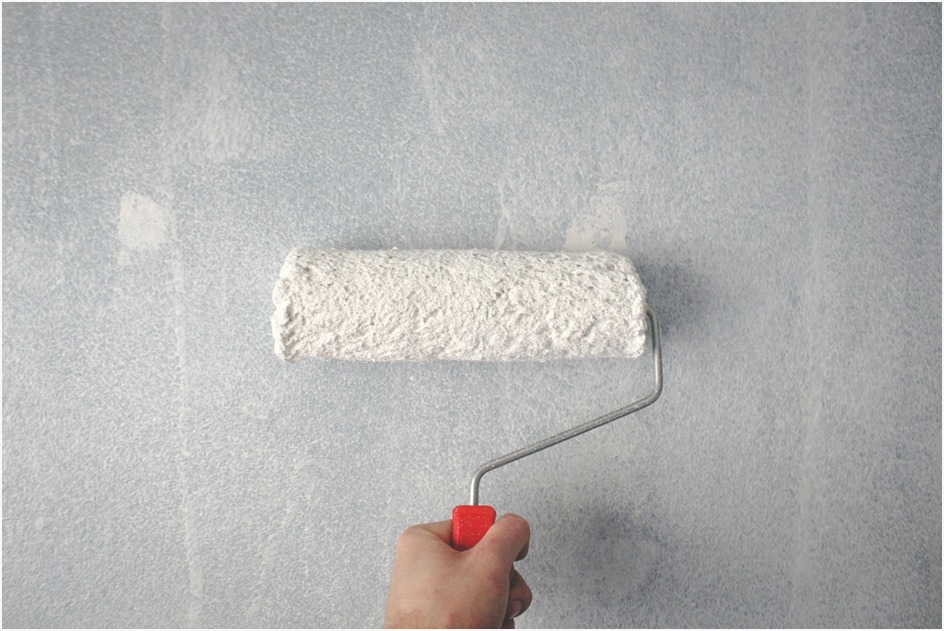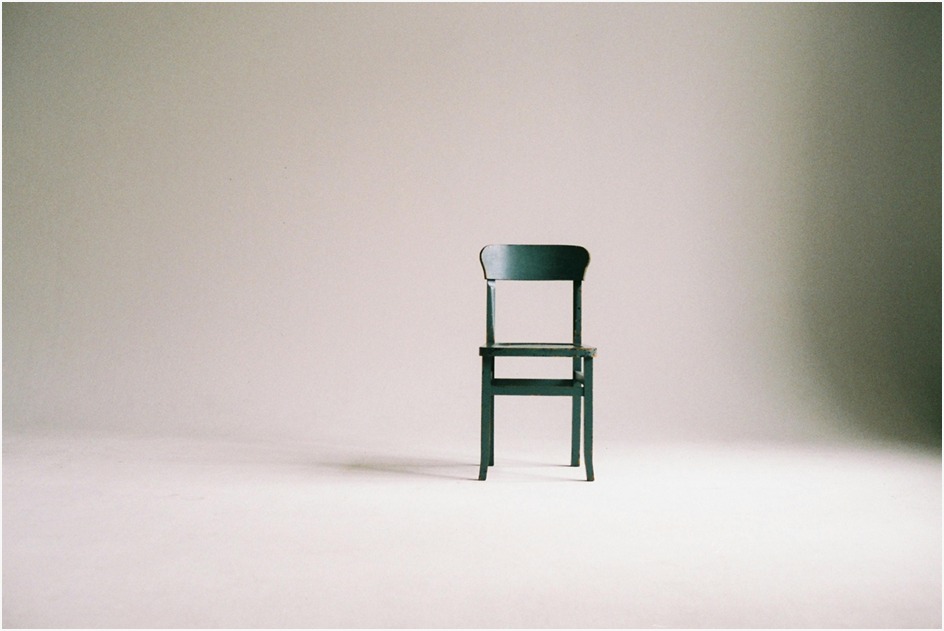Selecting the right color palette for your home or workspace is more than just a design choice—it sets the mood, affects your energy, and can even influence your overall happiness. With so many shades and combinations to choose from, finding the perfect palette can feel overwhelming. But with a few simple guidelines and tips, you can create a space that reflects your style and suits your needs. Here’s your ultimate guide to choosing the perfect color palette for your interiors.

Before diving into paint swatches and fabric samples, it's important to understand some basic principles of color theory. The color wheel is an essential tool that shows the relationship between colors, helping you create harmonious combinations. Here's a quick breakdown:
Understanding how these colors interact is key to creating a cohesive and visually appealing palette. Complementary colors (those opposite each other on the color wheel) create a high-contrast, bold look, while analogous colors (those next to each other) result in a more harmonious and serene feel.
Colors evoke emotions and set the tone for how a space feels. Ask yourself how you want to feel in the room you're designing. Is it a space for relaxation, like a bedroom, or a vibrant, energetic space like a kitchen or office? Understanding the psychology of color can help guide your decisions:
Example: If you're designing a home office, you might want to use light blues or greens for focus and calmness, mixed with energizing accents like bright yellow or coral for inspiration and creativity.
One of the most important factors to consider when choosing a color palette is the space itself. The size of the room, the amount of natural light, and the architectural features will all play a role in how colors appear.
Example: In a small, naturally dim hallway, using light, reflective colors like pale grays or creams can help bounce any available light, making the space feel more open and inviting.
Every great color palette has to start somewhere. Many designers suggest finding a focal point in the room to base your color choices on. This could be an existing piece of furniture, artwork, or even a fabric pattern you love. Let this item be your starting point, and build your color palette around it.
Example: If you have a piece of art with deep blues and vibrant oranges, these can become the focal colors of your room, with neutral walls and soft furnishings to complement the bold tones.
One of the easiest ways to ensure a balanced color palette is to follow the 60-30-10 rule. This interior design principle suggests that:
This rule helps create a sense of harmony without overwhelming the room with too many competing colors.
Example: In a living room, your walls could be a soft gray (60%), your furniture in a muted teal (30%), and accents like throw pillows and vases in a vibrant yellow (10%).
The finish of your paint can make a huge difference in how the color looks and feels in a room. While the color choice is essential, the sheen or finish can affect the overall design and practicality.
Example: If you're painting a high-traffic kitchen, you might opt for a durable satin finish that can withstand scrubbing, while a bedroom might benefit from a softer, matte finish for a cozier feel.
Once you've chosen your colors, it's crucial to test them in your space. Lighting, time of day, and even the other colors in your room can drastically change the way a color appears. Most paint brands offer sample sizes for this very reason.
Example: Paint a few small sections of your chosen colors on the walls and observe how they change from morning to evening. What looks perfect in the sunlight may feel too dark at night.

Choosing the perfect color palette for your space is not just about following design rules; it’s about making your space a reflection of your style and personality. By considering color theory, room function, lighting, and your personal tastes, you can create a cohesive and beautiful space that feels uniquely yours. Don't be afraid to experiment and have fun with your colors—after all, your home or your space should be a place that inspires and comforts you.